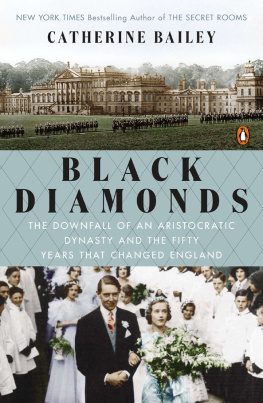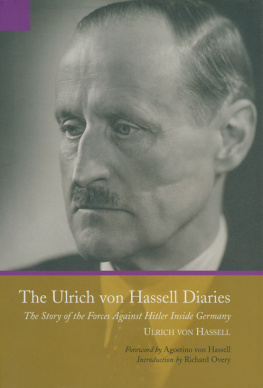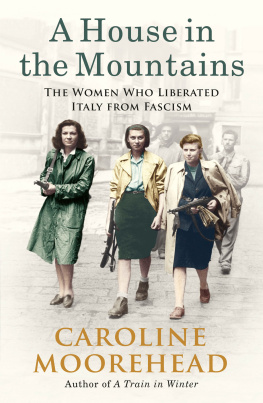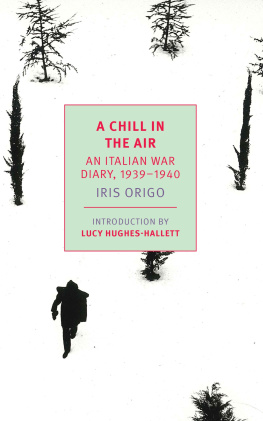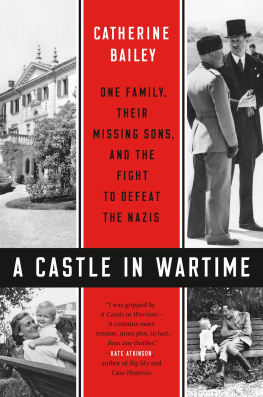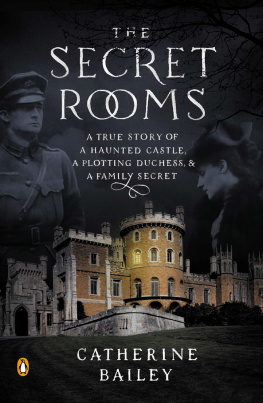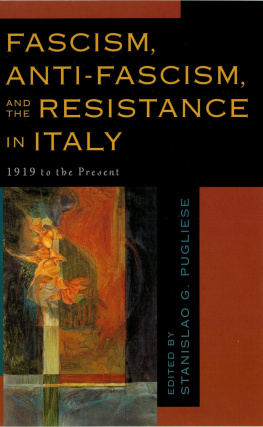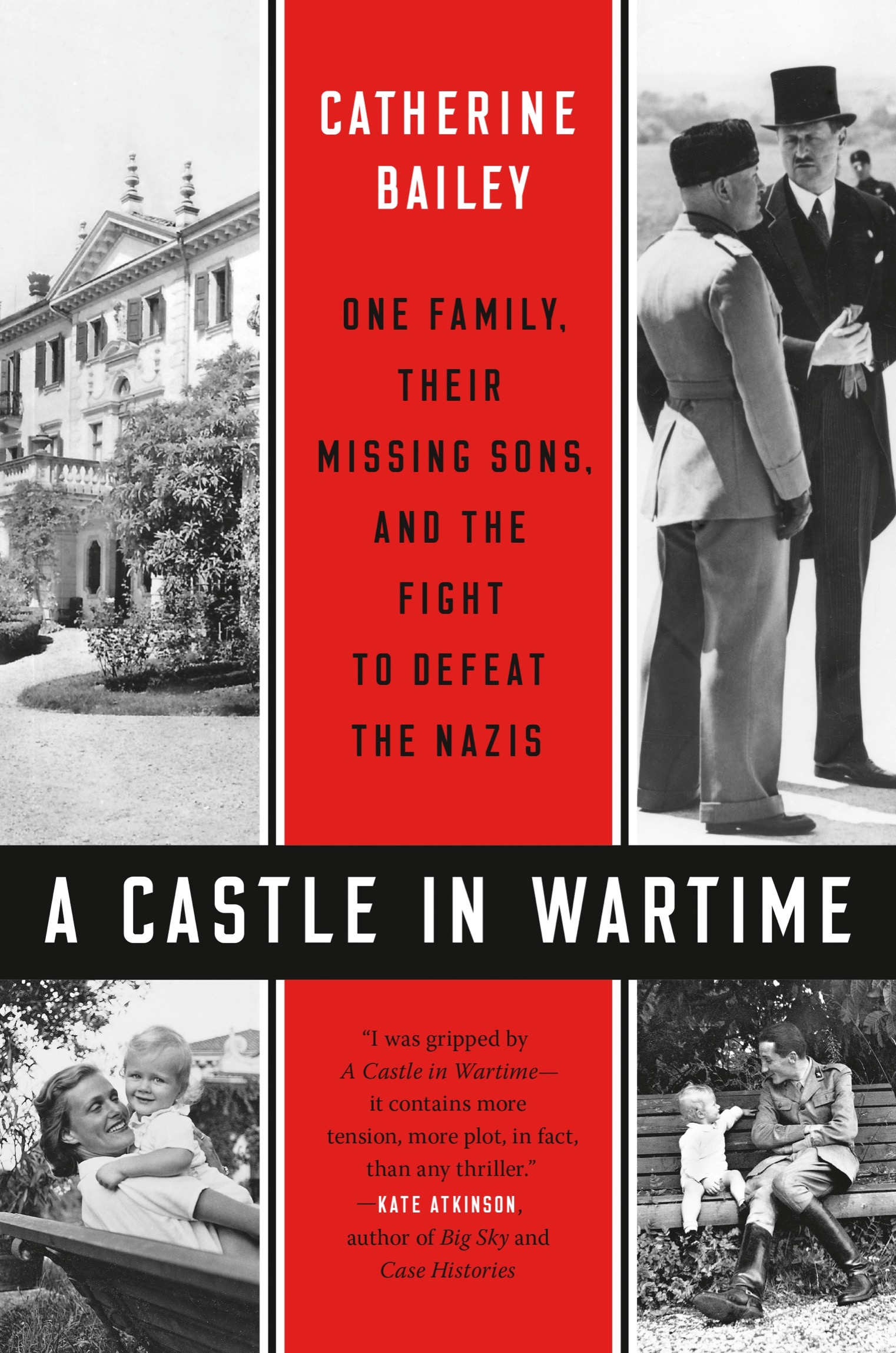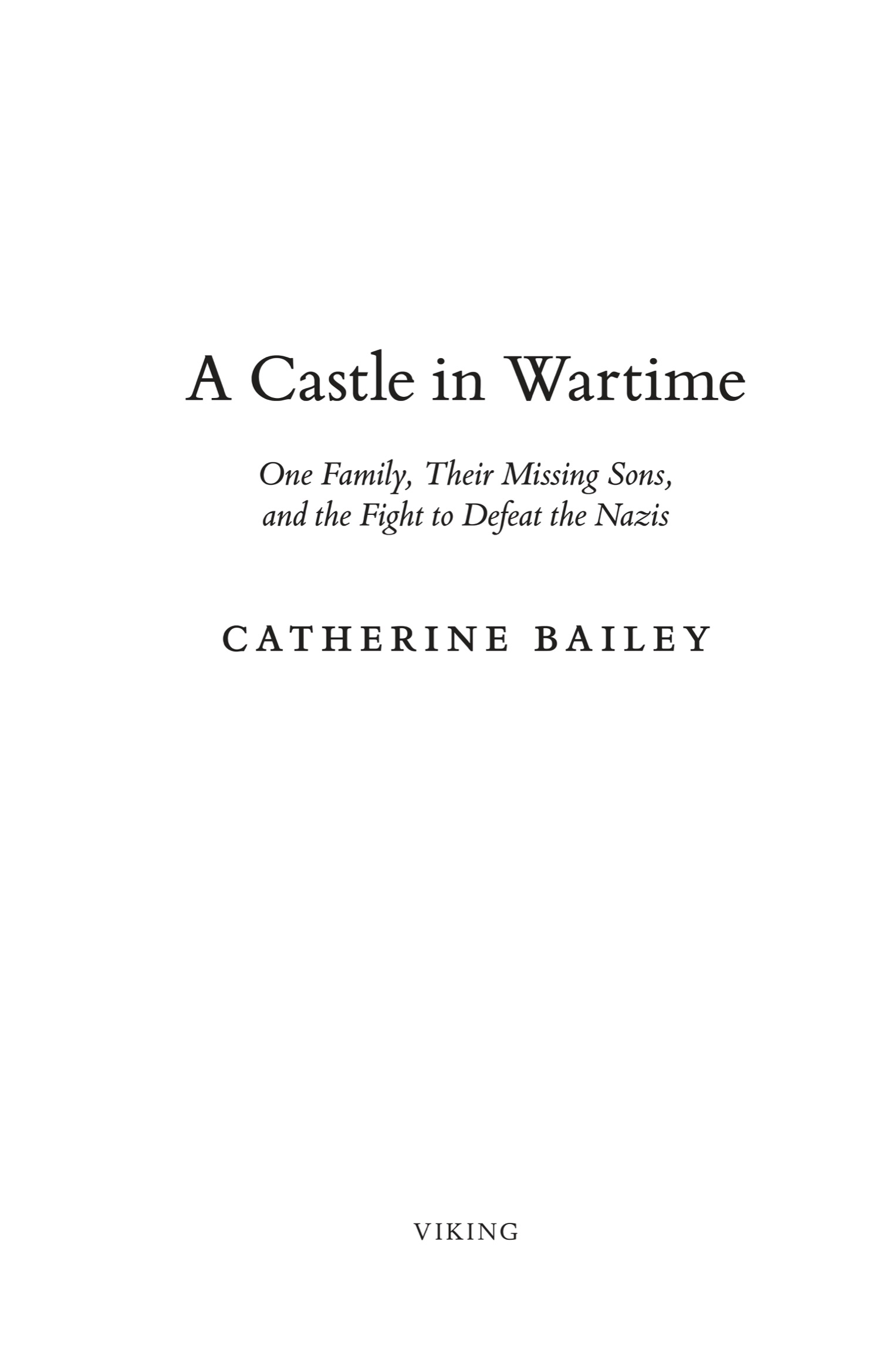Penguin supports copyright. Copyright fuels creativity, encourages diverse voices, promotes free speech, and creates a vibrant culture. Thank you for buying an authorized edition of this book and for complying with copyright laws by not reproducing, scanning, or distributing any part of it in any form without permission. You are supporting writers and allowing Penguin to continue to publish books for every reader.
List of Illustrations
. Innsbruck, 1939
. The Wiesenhof orphanage
. The villa at Brazz
. A view of Brazz showing the castle and the farm
. Robert Foster, Air Officer Commanding, Desert Air Force
. Nonino at Brazz
. Ulrich von Hassell with Hitler and Mussolini in Venice, 1934
. Ulrich von Hassell with Mussolini in Rome, 1936
. Fey, aged sixteen, with her father
. The Hassell family, c. 1936: (from left to right) Wolf Ulli, Hans Dieter, Ulrich, Almuth, Fey and Ilse
. SS chief Heinrich Himmler with Hassell (to his right) on National Police Day, Villa Glori, 1937. Arturo Bocchini, Italian chief of police, and Reinhard Heydrich, chief of the Gestapo, are standing to the left of Himmler.
. General Ludwig Beck
. Major General Henning von Tresckow
. Fey in 1942
. Fey and Detalmo celebrate their wedding at Ebenhausen, January 1940
. Fey and Detalmo with Corrado, November 1940
. Nonino and the farmhands at Brazz harness Mirko for an outing. Fey and Detalmo are seated in the trap.
. Ulrich von Hassell with his grandsons, Corrado and Roberto, at Ebenhausen, June 1943
. Fey with her mother, Ilse, and Detalmo at Ebenhausen, June 1943
. Detalmo and Corrado in the garden at Brazz. The photograph was taken shortly before Detalmo was posted to the POW camp at Mortara.
. The Campo Imperatore Hotel, where Mussolini was imprisoned before being rescued by the SS on 12 September 1943
. Cora di Brazz Slocomb, c. 1890
. Lieutenant Hans Kretschmann with Corrado at Brazz, 1942
. Corrado with the airmen at Brazz, 1943
. The Thirteen Martyrs of Feletto Umberto, Premariacco, 29 May 1944
. The wreckage of the map room at Hitlers headquarters in East Prussia, 20 July 1944
. Ulrich von Hassells trial, September 1944
. Claus von Stauffenberg
. Captain Sigismund Payne Best
. Bomb damage in Munich
. Litta von Stauffenberg
. Alex von Stauffenberg
. The liberation of Buchenwald, April 1945
. The Hotel Pragser Wildsee
. The view from one of the hotel rooms
. We are searching for these children! One of the posters circulated by Fey and Detalmo in the summer of 1945.
. Ewald Foth (second from the right) at the Stutthof trials in Gdask, January 1947
. Himmlers corpse, photographed by a British Army official, minutes after his death from cyanide poisoning
. Fey with Corrado and Roberto in the summer of 1949
. Fey at Brazz, c. 1995
The majority of the photographs have been produced by kind permission of the Brazz family archive. The author and publisher are also grateful to the following for permission to reproduce photographs: H. Huber for .
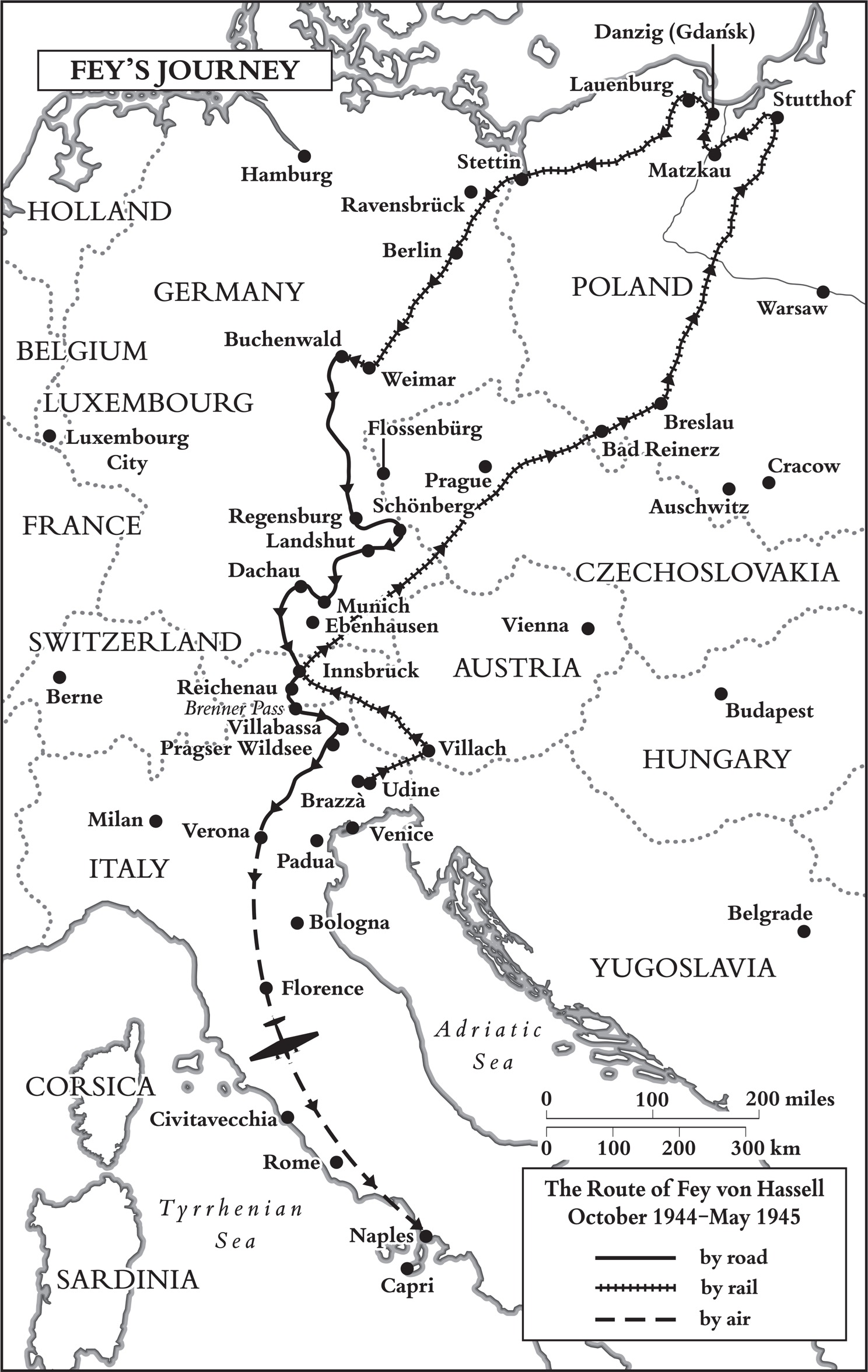

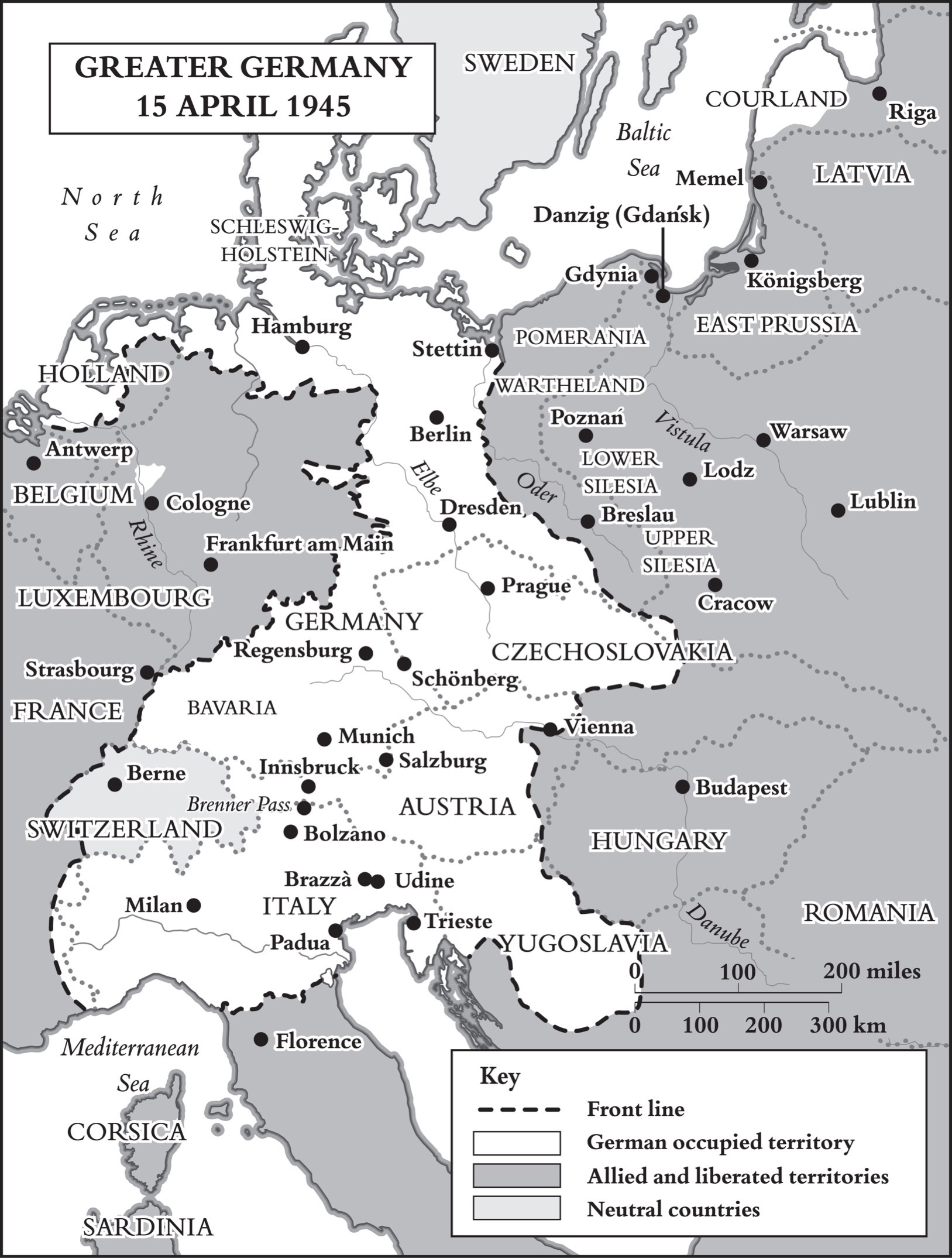
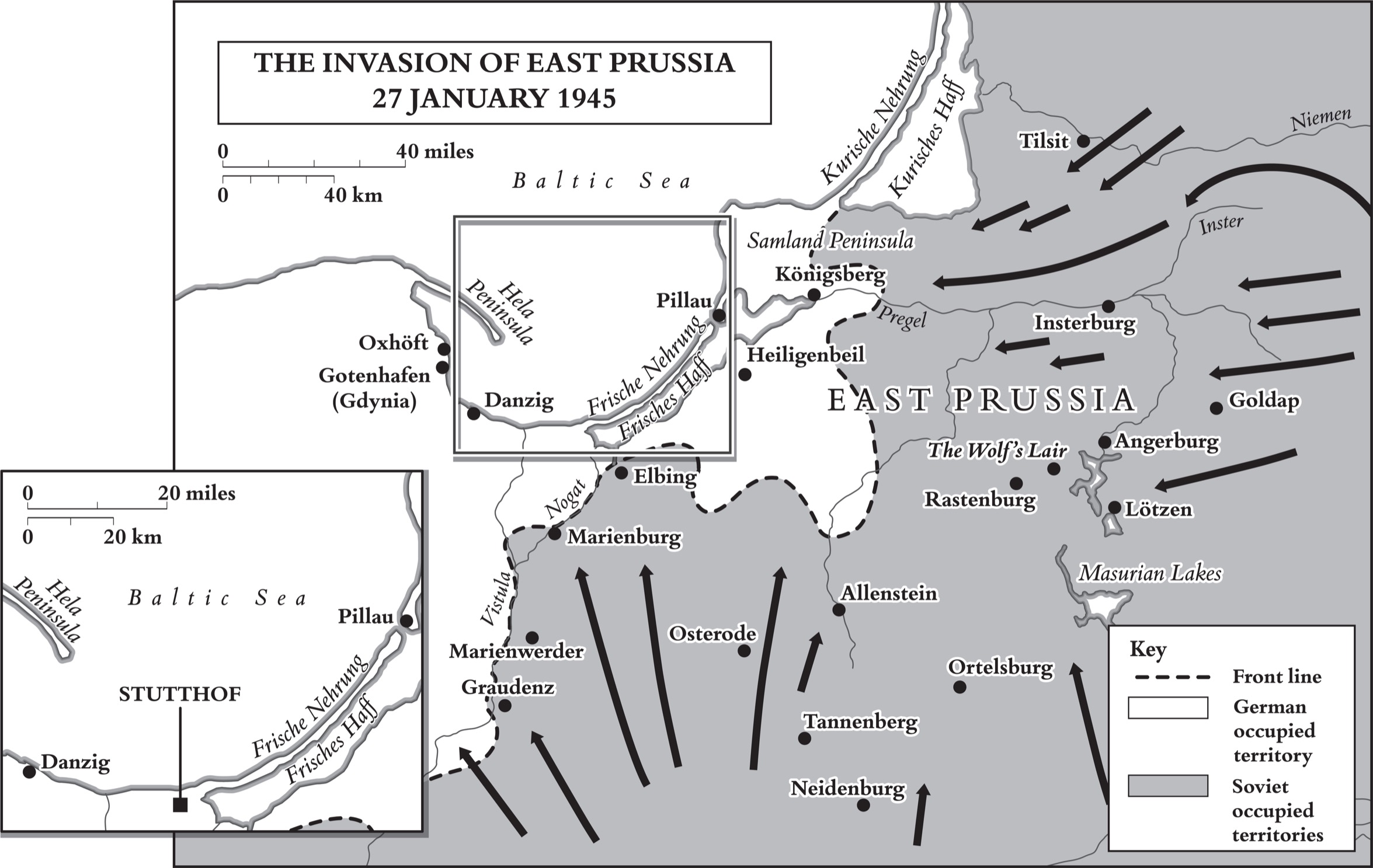

Prologue
Innsbruck, Austria, 16 December 1944
Monika calling steamboat.
This cryptic announcement, broadcast to Austria over the Voice of America, was received with relief by the handful of people able to decipher it. The coded message signalled that the Allies were still trying to infiltrate agents into Innsbruck to make contact with members of the Austrian Resistance.
It was seven oclock on a winters morning, the grey old city walled in by snow-covered mountains. A roof of dense cloud hung over the domes and spires, cutting out the sky and the summit of the Nordkette. Towering 7,000 feet above the city, the sheer face of the mountain rose like a wall, blocking the north end of the fine baroque streets. The illusion of being confined in a small space was maintained in the alleys and passageways in the medieval quarter. On a chill, gloomy day such as this, passing the tall, narrow-fronted Gothic houses, the sensation was of walking along the bottom of a ravine.
Thick wreaths of smoke spiralled beneath the clouds. The day before, American planes had bombed the city, killing 259 people. In Herzog-Friedrich-Strasse, a protective shroud covered the famous golden roof of the balcony, designed for Emperor Maximilian in 1500. Beneath the bombed-out buildings, parties of children, drafted in from the villages along the valley, worked to clear the rubble. They were watched by small groups of SS soldiers who stood on the street corners, guarding the defusing crews. Forcibly recruited from the nearby concentration camp at Reichenau, it was their job to deactivate the bombs that had failed to explode.
The Allies were now convinced that Innsbruck, rather than the Reich capital of Berlin, was where the war was likely to culminate. Recent intelligence reports indicated that Hitler was building an Alpenfestung an Alpine fortress in the mountains that encircled the city. Blueprints obtained by OSS was beaten. From here, they would carry on the fight, defended by elite SS troops and sustained by huge stores of supplies that had been carefully stockpiled in bombproof caves.
With Hitler holding the high ground, Allied military commanders were predicting that the battle to take the fortress could extend the war by up to two years and exact more casualties than all the previous fighting on the Western Front.
In these circumstances, intelligence from Innsbruck, the capital of the Alpenfestung, was suddenly at a premium. Allen Dulles, the OSS station chief in Switzerland, hoped to recruit a network of agents from within the city. Their job would be to supply hard military intelligence and assist the passage of US and British forces when they reached the western borders of Austria. But, as Dulles recognized, Innsbruck was not fertile ground. That autumn, the Gestapo had arrested all known anti-Nazis. Moving from house to house, the mopping-up operation signalled their determination to suppress all resistance operations in an area they looked upon as their last bastion.


